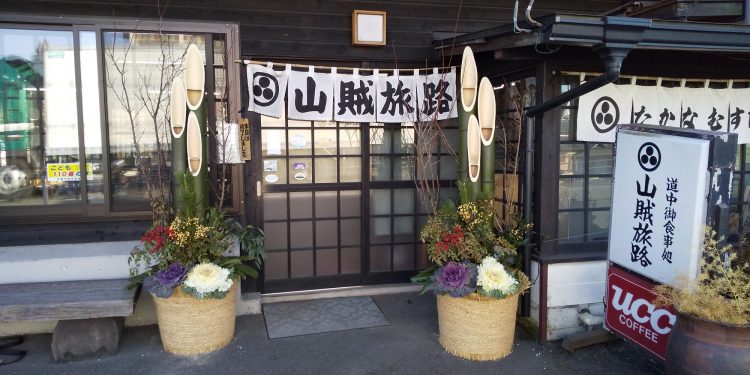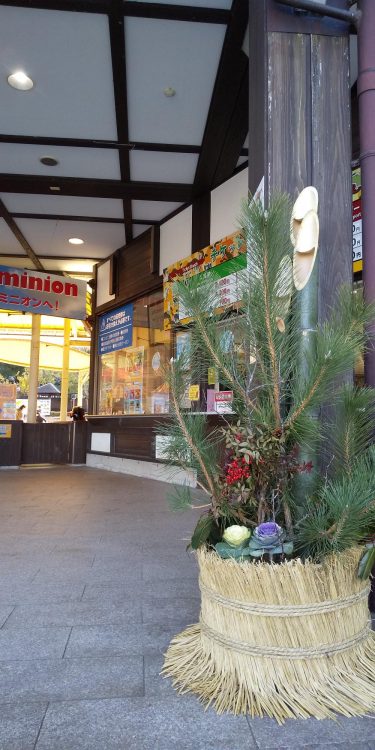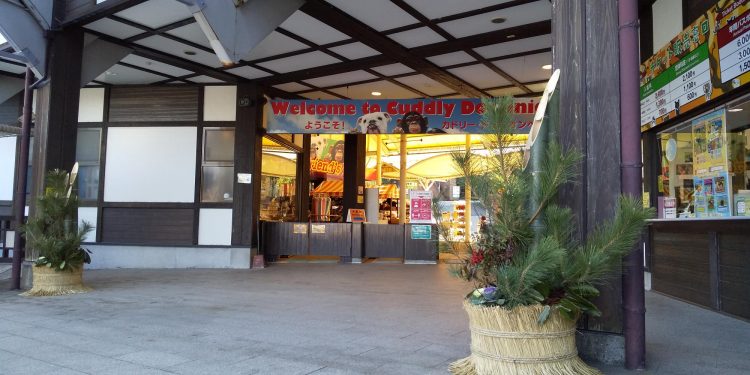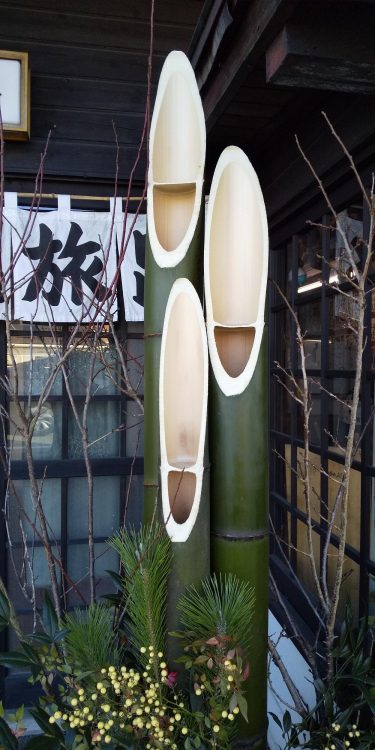Hello, everybody!
Christmas is over and now I am busy to prepare for new year.
I shared some tips of Shimenawa the other day.Today I would like to introduce another thing we decorate around the entrance for new year.
Here is Kadomastsu. It is basically a pair at the entrance.
This is also the lucky charm to welcome new year deities.
We see them mostly at the restaurant, hotel, amusement park, some kind of business, not at the general houses these days….
Asobe, Japanese style hotel.
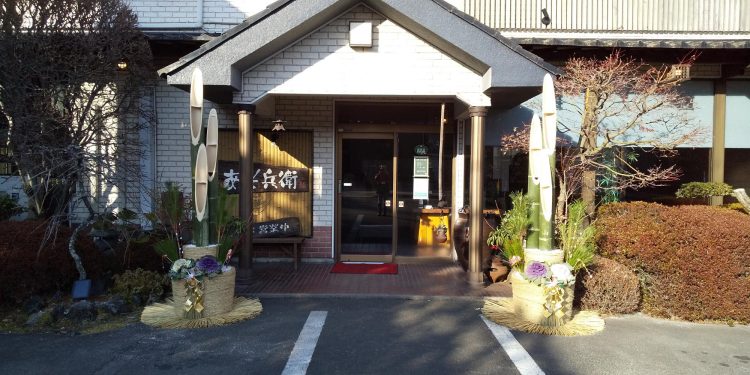
Asoji and Sanzoku-Tabiji, Aso traditional food restaurant.
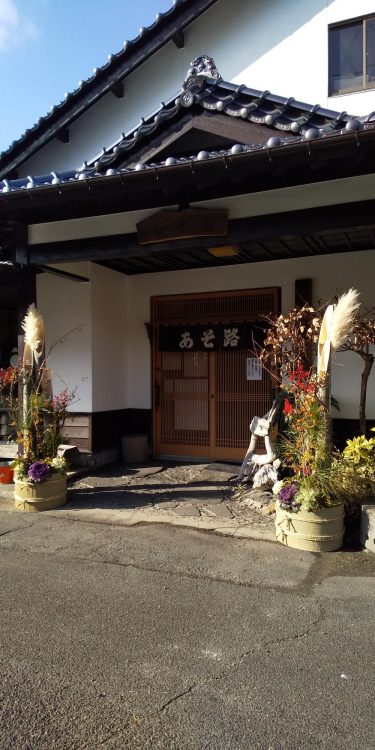
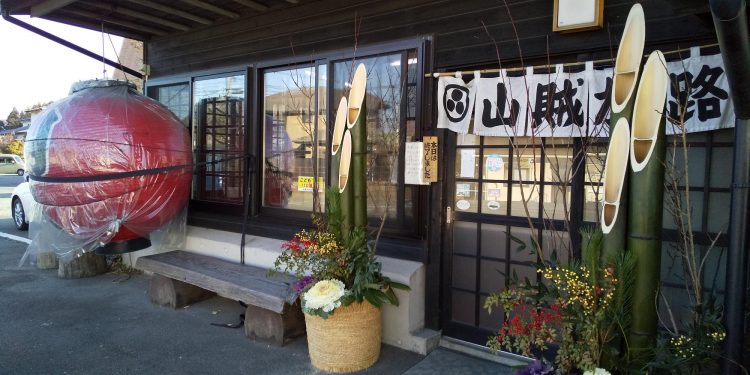
Aso cuddly dominion ,a pet zoo, animal park.
Their park keepers make them by themselves every year.
Larger Matsu ( pain tree) branch is impressive.
Kadomatsu is from 2 Chinese character. Kado is gate, entrance.
Matsu is Japanese pain tree. It is a type of evergreen, and has long life, so Matsu had been used always for the happy moment as the symbol of long life and prosperity.
As the name shows, Kadomatsu used to be made by Matsu but now, what you see at the first glance is probably Take, bamboo. Bamboo is the plants grow so fast, so it is also the symbol of the prosperity.
In old days, the bamboo was cut straight across horizontally, but now days you see them cut is this way.
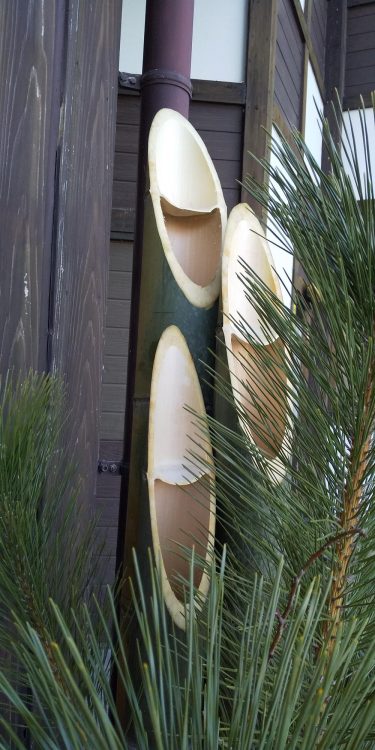
Look at this! Do you see the bamboo is smiling??
These lucky charms design for new year kept progressing time to time in our history.
Anything good and lucky was taken for the new design.
The smily face inside of the bamboo is also one of them:D
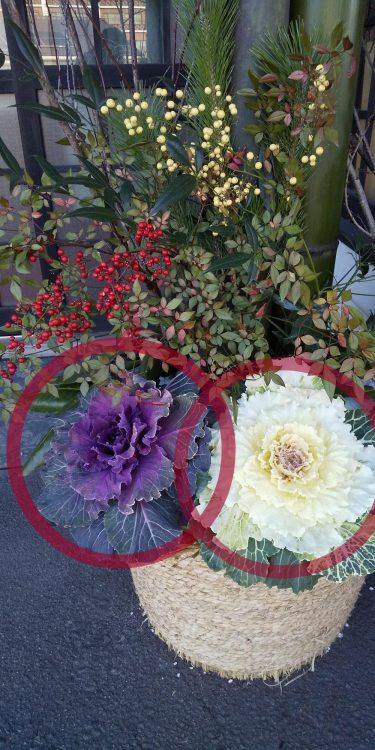 I love the color of these cabbage. Originally a blossom called Botan (peony) was used but this cabbage took it over because it is a lot reasonable and also pretty enough. The name was also taken from the peony and it is called Habotan. (Direct translation is “Leaf-Peony”)
I love the color of these cabbage. Originally a blossom called Botan (peony) was used but this cabbage took it over because it is a lot reasonable and also pretty enough. The name was also taken from the peony and it is called Habotan. (Direct translation is “Leaf-Peony”)
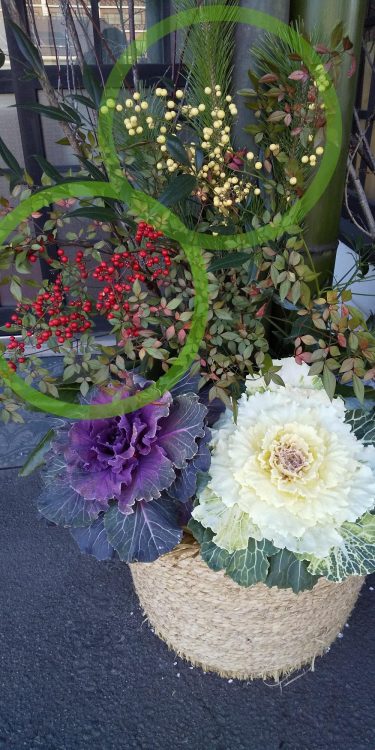
Nanten is also a symbolic item for new year.
The pair of red and white is the lucky color and also Nanten sounds like “the dificulties turn ( to good)” by the play of words in Japanese.
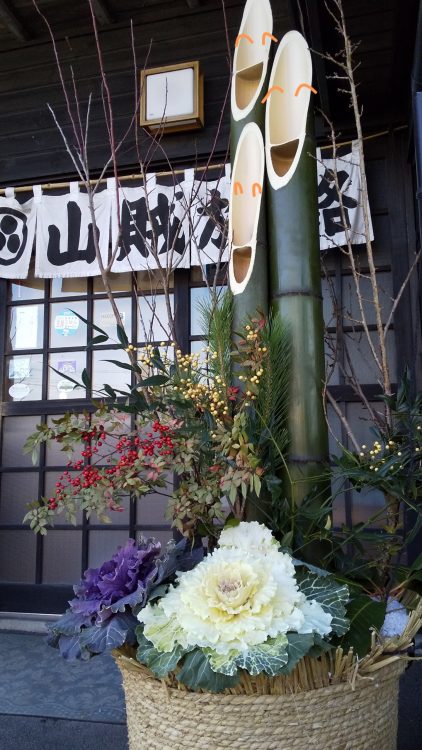
Wishing you all a wonderful holiday season☆
Kana

